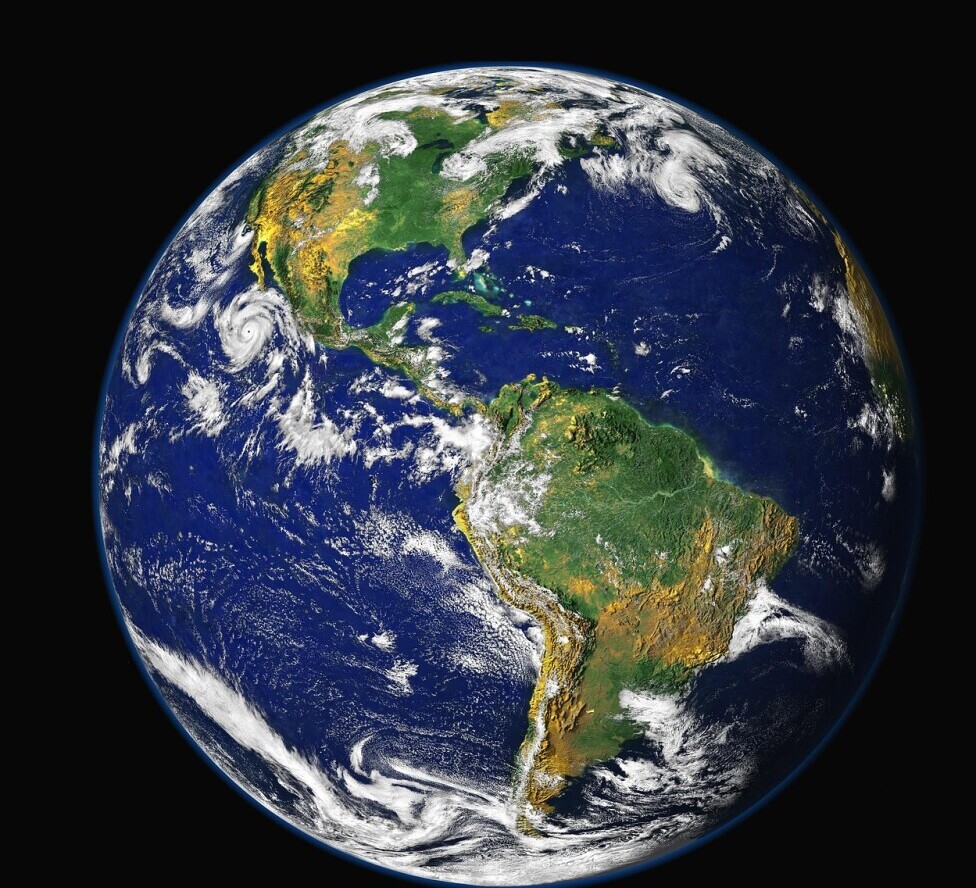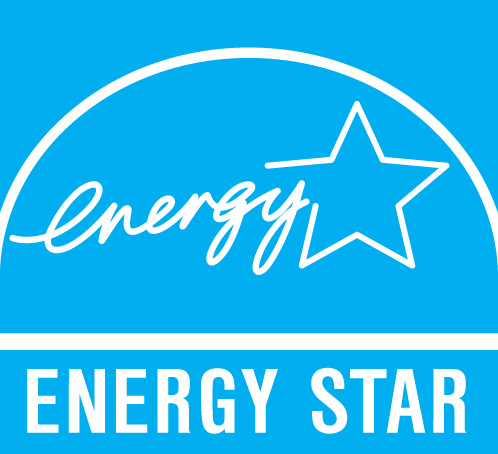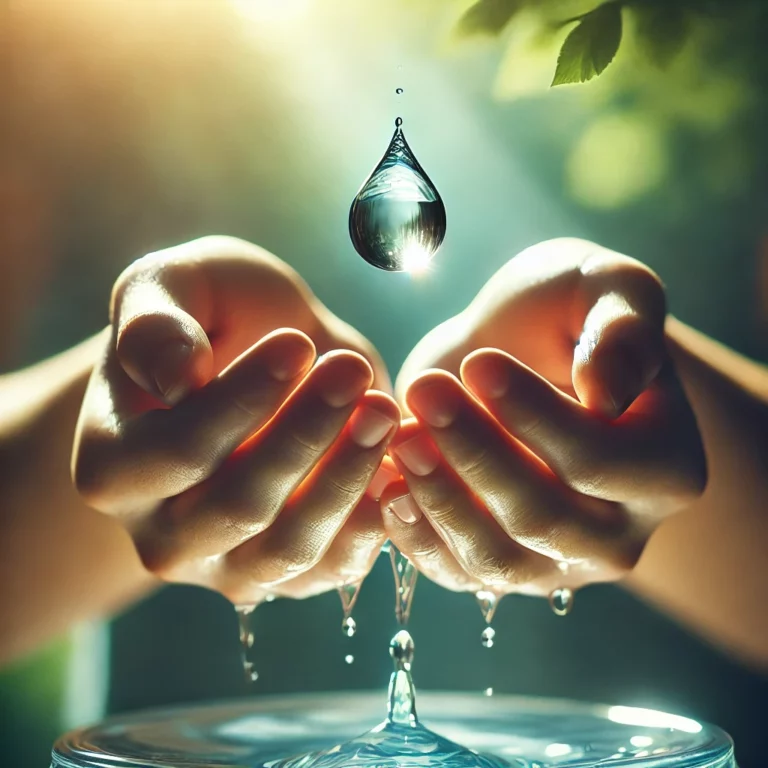Developing A List Of Environmentally Friendly Products
Environmentally friendly products, also known as eco-friendly or green products, are designed to minimize their environmental impact throughout their lifecycle. From raw material extraction to manufacturing, use, and disposal, every step is considered with sustainability in mind.
Choosing sustainable options isn’t just a trend; it’s a necessary shift towards protecting our planet. With increasing awareness about climate change, pollution, and resource depletion, more people recognize the need to make responsible choices. Sustainable products are a step in the right direction.
“Here’s a little transparency: Our website contains affiliate links. This means if you click and make a purchase, we may receive a small commission. Don’t worry, there’s no extra cost to you. It’s a simple way you can support our mission to bring you quality content.”
Eco-conscious living is gaining momentum globally. More individuals and communities are actively seeking out ways to reduce their carbon footprint, conserve resources, and promote a healthier planet. From zero-waste movements to renewable energy adoption, the push towards sustainability is stronger than ever. People are rethinking their consumption habits and making more environmentally friendly choices because they realize it’s crucial to caring for the Earth.

Understanding What Makes Products Environmentally Friendly
Several factors contribute to a product’s being deemed environmentally friendly. Recognizing these elements is important for making informed decisions.
First, the materials used play a crucial role. Eco-friendly products often feature natural or recycled materials that require less energy to produce and decompose safely. Organic cotton, bamboo, and recycled plastics are popular choices.
Manufacturing processes are another critical aspect. Sustainable production methods minimize waste, use renewable energy sources, and reduce water usage. Companies focused on green production often adopt fair labor practices, ensuring the ethical treatment of workers.

Certifications and labels can help identify genuinely eco-friendly products. Certifications like USDA Organic, Fair Trade, and Energy Star ensure that items meet specific environmental standards. These labels can simplify the process of finding genuinely sustainable options.
Durability and reusability also determine a product’s environmental impact. Items designed to last longer and be reused reduce the need for frequent replacements, ultimately conserving resources and reducing waste.
Understanding these characteristics empowers you to choose products that align with eco-conscious values, making supporting a sustainable, green lifestyle easier.

Categories of Eco-Friendly Products
Eco-friendly products span a wide range, catering to nearly every aspect of daily life. In the realm of household items, reusable and biodegradable options shine. Products like bamboo utensils, reusable steel straws, and beeswax wraps replace single-use items, significantly reducing waste.
Energy-efficient electronics are also making waves. Gadgets like LED light bulbs, solar-powered chargers, and energy-efficient appliances help reduce energy consumption and lower carbon emissions. These items help the planet and save money on energy bills over time.
Sustainable fashion and accessories are gaining popularity as consumers become more conscious of the environmental impacts of fast fashion. Brands now offer clothing made from organic fabrics, recycled materials, and even biodegradable options, differentiating themselves by focusing on ethical production methods.
 Sunnydaze Jack-o-Latern Scarecrow
Sunnydaze Jack-o-Latern Scarecrow
Green beauty products are revolutionizing personal care routines. From organic skincare and shampoos to biodegradable toothbrushes, these products avoid harsh chemicals and reduce plastic waste, promoting health and sustainability.
Lastly, the category of eco-friendly cleaning supplies cannot be overlooked. Products like vinegar-based cleaners, biodegradable sponges, and refillable containers make household chores effective and eco-conscious. These items help maintain a clean home without harmful chemicals, improving your health and the environment.

Benefits of Switching to Eco-Friendly Products
Switching to eco-friendly products has a notable positive impact on the environment. By choosing items that use fewer resources and generate less waste, you’re actively contributing to reducing pollution and conserving natural habitats. This small change in consumer behavior can cumulatively lead to substantial environmental benefits.

There are also health perks. Many eco-friendly products, especially in the personal care and cleaning categories, are free from harmful chemicals and toxins. This means a healthier home environment and reduced risk of allergies, skin irritations, and other health issues. Natural ingredients and safer materials contribute to overall well-being.
Cost savings are an often-overlooked advantage of going green. Some items might seem pricier initially, but their durability and reusability usually translate into long-term savings. Energy-efficient appliances and electronics lower utility bills, effectively paying for themselves over time. Reusable items cut down the need for regular replacements, adding to cost-effectiveness.

Switching to sustainable products also supports ethical practices. Many eco-friendly brands emphasize fair trade, giving their employees better wages and working conditions. By purchasing these products, you’re contributing to more equitable business practices globally, which benefit communities and support social justice.
Fusing eco-friendly products fosters a sense of responsibility and connection to the planet. Making these choices encourages others to follow suit, amplifying the positive impact. It’s a step towards creating a more sustainable, conscious world, one product at a time.

Challenges and Misconceptions Around Environmentally Friendly Products
One common misconception is that all eco-friendly products are expensive. While some sustainable options might seem costlier upfront, they often prove economical in the long run due to their durability and reusability. It’s essential to look beyond the initial price and consider the overall life cycle cost of the product.
Another barrier people face is availability. Finding eco-friendly items might have been challenging in the past, but now, many mainstream stores carry various green products. Online shopping platforms have also broadened access, making finding and purchasing sustainable options easier.
Some believe that eco-friendly products are less effective than conventional ones. This isn’t true. Many green alternatives meet high-performance standards. For instance, eco-friendly cleaning supplies can clean just as effectively as traditional products without harmful chemicals.
Greenwashing—when companies falsely claim their products are environmentally friendly—is another challenge. To avoid being misled, it’s crucial to research brands and look for third-party certifications. Reading labels and understanding the credentials can protect against deceptive marketing practices.
Making a switch to a greener lifestyle can feel overwhelming. Start small: swap out everyday items like plastic water bottles for reusable ones and gradually incorporate more sustainable options. This approach makes the transition smoother and less daunting, building sustainable habits over time.



Thank you for this insightful article on environmentally friendly products! I appreciate how you broke down the various aspects that make a product eco-friendly, from materials and manufacturing to certifications and durability. This clear explanation helps readers make more informed choices in their daily lives.
One area that might be interesting to explore further is the balance between cost and accessibility. While eco-friendly products are becoming more popular, they can sometimes be more expensive than conventional alternatives, which might be a barrier for some consumers. It would be great to see tips on finding affordable options or strategies for gradually transitioning to a more sustainable lifestyle without significant upfront costs.
Overall, this was a helpful read, and I’m looking forward to more articles like this!
It’s great to see a comprehensive breakdown of eco-friendly products and their benefits! I really appreciate how you highlighted the impact on both the environment and personal health. I completely agree that while the upfront cost of some eco-friendly products might be higher, their long-term benefits like durability and reduced waste make them worthwhile investments. Plus, the health advantages of using non-toxic materials are often overlooked but so important. The point about greenwashing is also crucial; it can be tricky to navigate what’s genuinely eco-friendly versus what’s just marketing. Overall, a balanced approach like starting small and researching certifications definitely helps make the transition easier. Keep up the fantastic work on promoting sustainability!
I love how you included a variety of items, from household essentials to personal care. It’s so helpful to have everything in one place, especially for someone looking to make more sustainable choices. Your recommendations feel really practical and accessible, making it easier for anyone to start their eco-friendly journey. Plus, the little descriptions for each product are a nice touch! Thanks for sharing these great ideas
This article by Elridge Jones offers an insightful and practical guide for those looking to transition to eco-friendly products. I appreciate how it emphasizes not only the environmental benefits but also the personal health advantages and long-term cost savings. The breakdown of categories, from sustainable fashion to green cleaning products, provides a clear path for anyone starting their eco-conscious journey. It’s also great to see the focus on certifications like USDA Organic and Fair Trade, which help consumers make informed choices.
One aspect that stands out is the discussion around challenges, such as greenwashing and misconceptions about cost. It’s refreshing to see these points addressed honestly, reminding readers that switching to environmentally friendly products is both a practical and impactful choice, even if it requires some initial research and investment.
Overall, this piece is a motivating and informative resource for anyone wanting to contribute to a more sustainable future. Great work!